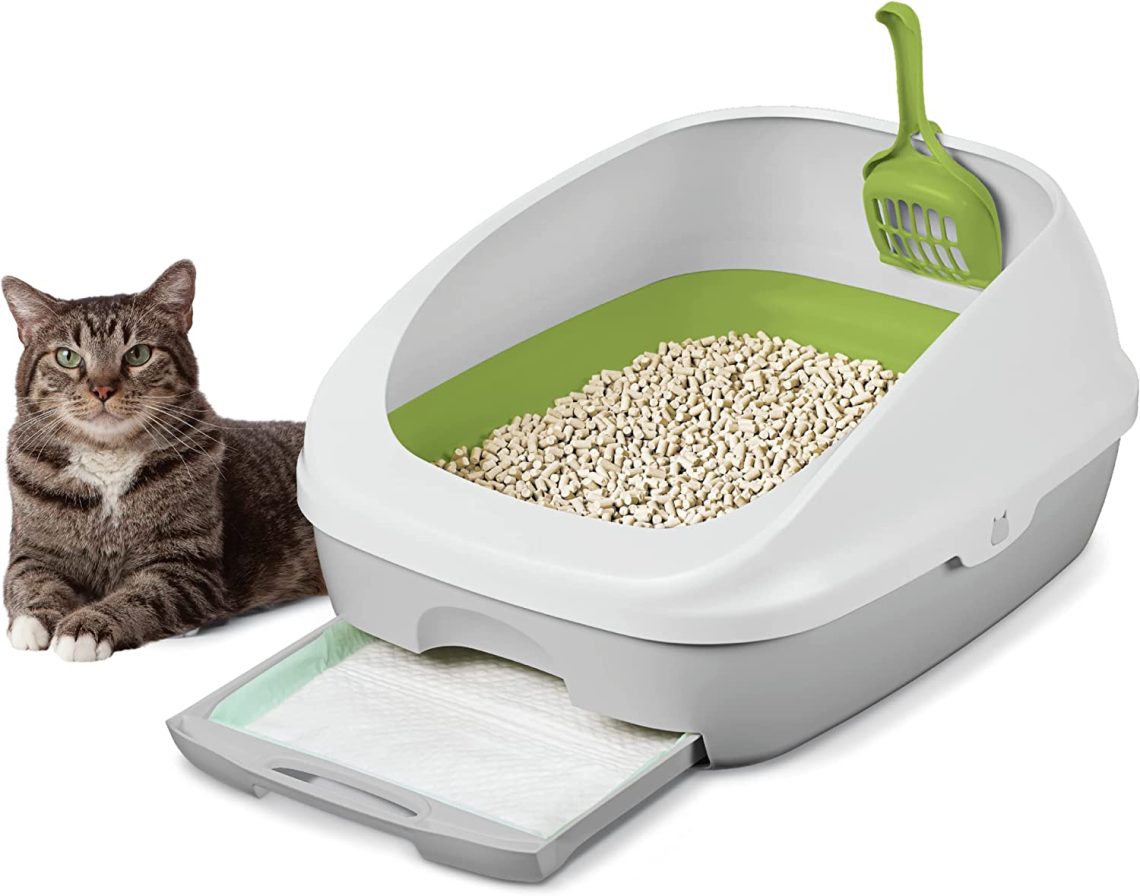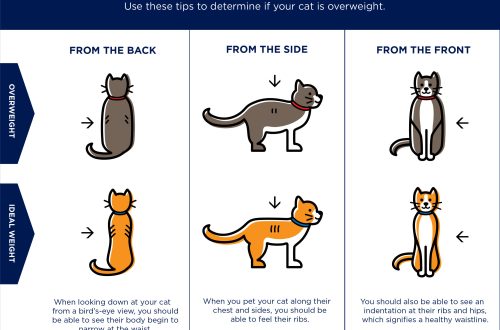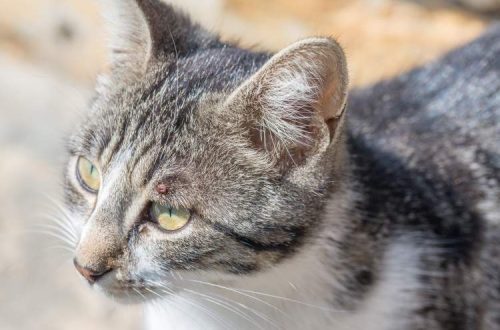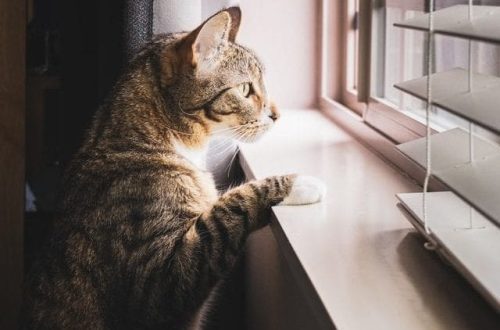
Cat litter
To keep the house in order, it is not enough to accustom the cat to the tray. You need to choose a filler that will eliminate unpleasant odors, will not be carried by animals throughout the house and will not hit finances hard. You may have to try several options before you can find the best tray filler.
Tray without filler
The most economical option is a tray with a grid / mesh. However, you will have to carefully monitor its cleanliness. If the cat smells an unpleasant smell, then it will not go to the tray and you will have a chance to “stumble on a mine” in an unexpected place. Therefore, a tray with a grill is not suitable for those who often leave their pet alone at home.
Types of fillers by type of action
Filling filler When liquid gets on it, the filler turns into a dense lump, which is easy to remove with a scoop. A thick layer of filler should be poured into the tray – 8–10 cm, and solid waste and lumps should be removed as they form. Every day you need to add a little fresh filler, and completely replace it every 5-7 days.
Important feature: clumping litter is not suitable for kittens. They love to taste everything, and in the stomach, the filler swells and can lead to health problems.
Absorbent filler Particles of such a sorbent absorb moisture, do not form into a lump, but retain their structure. It is subject to complete replacement 1 time in 7-10 days. Solid waste must be removed daily. The cost is usually cheaper than clumping.
Types of fillers by type of material
wood filler Natural and eco-friendly filler, which is made from sawdust of trees. You can choose the size of the granules: large for adult animals and small for kittens. It is clumpy and absorbent.
How often to change: 1 time in 4-5 days. Layer: 1-3 cm. Pros:
- Low price.
- Can be flushed down the toilet.
- Does not cause allergies.
- Suitable for kittens.
- Doesn’t dust.
Cons:
- Poorly retains the smell of urine, especially in non-castrated animals.
- Small sawdust is easily carried around the house or left on the paws of pets.
- Requires frequent replacement.
- Not all cats like the smell.
- Makes noise when the pet digs, can scare the kittens.
mineral filler It is usually bentonite or the volcanic mineral zeolite.. Zeolite granules have a porous structure and absorb moisture well. It is clumpy and absorbent.
How often to change: 1 time in 7-10 days. Layer: 7–10 cm.
Pros:
- Neutralizes odor.
- Natural.
- Can be used for kittens.
Cons:
- Small particles are easily carried around the house.
- Dust when digging
Silica gel filler Produced on the basis of polysilicic acid and consists of transparent crystals. It is one of the most modern tray fillers. Capable of absorbing liquid 30 times larger than the sorbent itself.
How often to change: 1 time in 2-3 weeks. Layer: 5–6 cm.
Pros:
- Excellent odor absorption.
- Suitable for multiple cats.
Cons:
- High price.
- Not suitable for kittens.
- Some animals do not like stepping on silica gel granules.
vegetable filler It is attributed corn, grain, soy. Made from vegetable fibers and is 100% biodegradable. It is divided into clumping and absorbent.
How often to change: Once a month. Layer: 1–8 cm.
Pros:
- Can be flushed down the toilet.
- Economical to use.
- From natural ingredients.
- Suitable for kittens.
Cons:
- Light granules quickly spread around the house.
- Not sold in all pet stores.
Now that it is clear how to properly pour the filler into the tray, depending on its type and how often it needs to be completely replaced, you can calculate the costs. Also, when choosing a sorbent, consider the ease of cleaning, the age of the animal, safety and odor control.
Please note that it may take 2-3 days for a pet to get used to a new filler. You should be wary if the cat categorically refuses to go to the tray – perhaps the reason for this is not a change in the filler, but diseases of the urinary tract.





